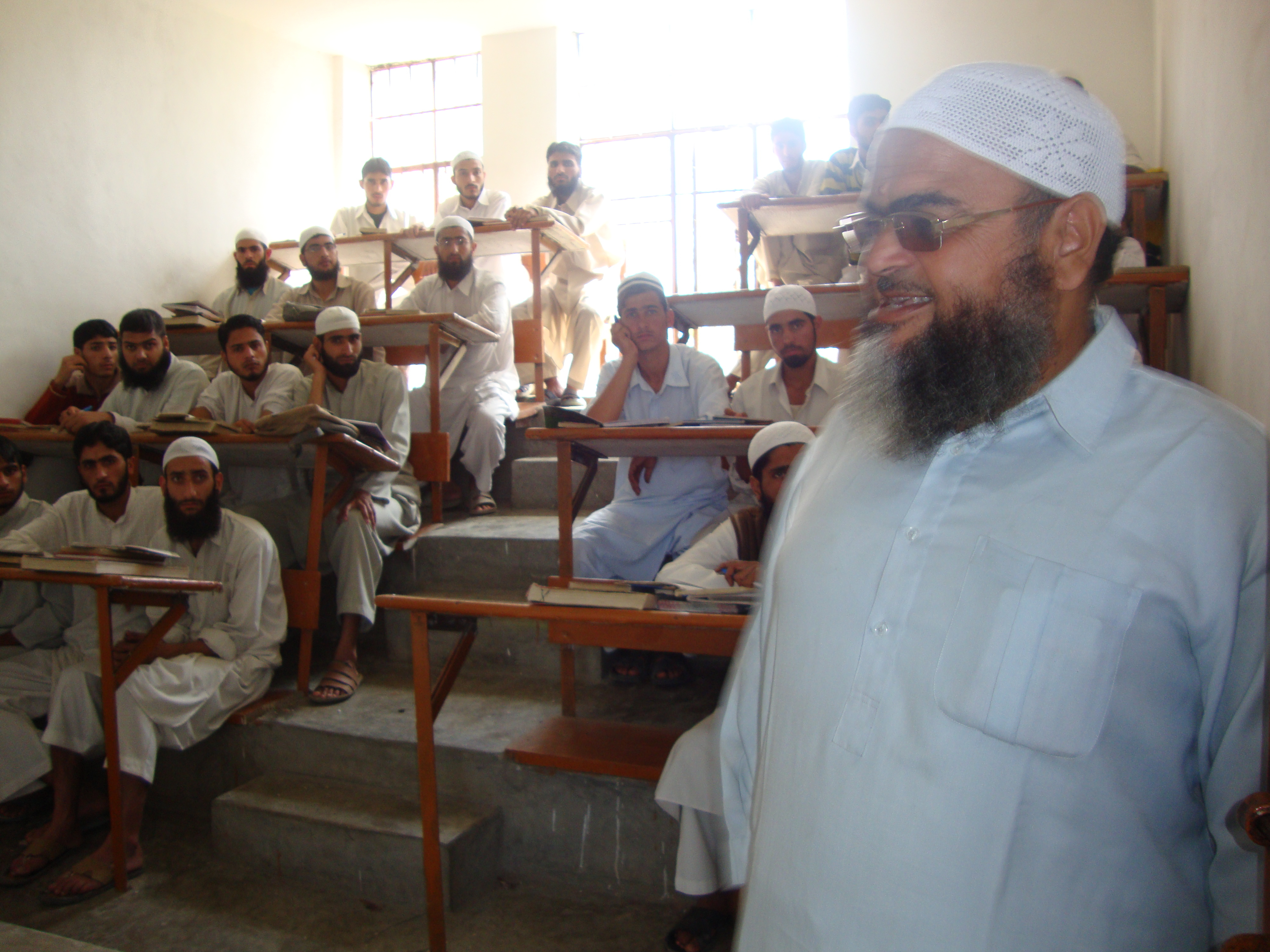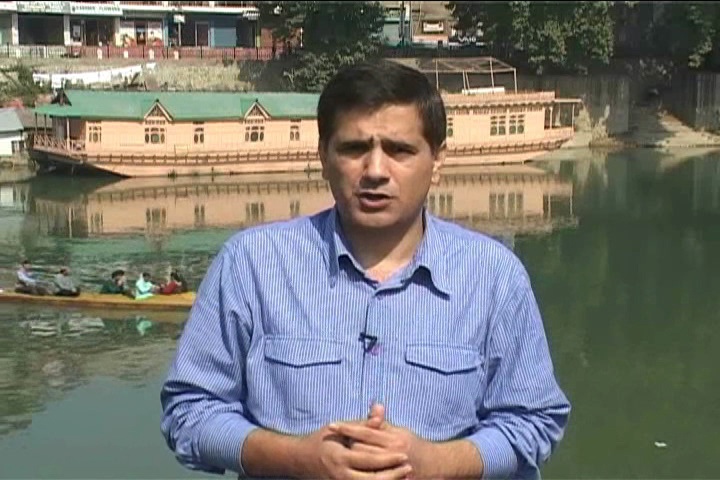
At his home in Baramulla, in Indian-administered Kashmir, my father tuned his old Philips radio to Radio Pakistan. The people of Kashmir turn to the station in moments of despair or distress, of which there is no shortage. It was early July, and a gentle voice came on: the crescent moon had been seen and therefore the festival of Eid al-Fitr, marking the end of Ramadan, would be celebrated in Pakistan on Wednesday, July 6. Across the eastern border in India, no one had caught sight of the new moon, so All India Radio announced the observation of Eid for Thursday. In no time loudspeakers from at least a dozen mosques broke the silence of the night with full-throated, upbeat announcements that Kashmir, like Pakistan, would observe Eid the next day. This was a conscious choice that reflected the deep hostility in Kashmir toward India. However, it would be a gross misjudgment to conflate this with a love for Pakistan. Despite a long history of wide cultural and trade links the people of Kashmir share with Pakistan, which precede its modern creation as a nation-state, most Kashmiri favor independence from both India and Pakistan.
But Kashmir, it seemed, would pay a high price for its choice to celebrate with Pakistan. On the evening of July 8, about seventy miles to the south of Srinagar, the twenty-two-year-old popular guerrilla leader of the Hizbul Mujahideen insurgency, Burhan Muzaffar Wani, who had evaded capture for six years, died fighting Indian troops. The Hizbul Mujahideen came into being in 1989 as a voice of the pro-Pakistan constituency in Kashmir, advocating for Kashmir's merger with Pakistan. Many of its fighters take inspiration from the ideology of the right-wing sociopolitical organization Jamat-i-Islami, the South Asian version of the Muslim Brotherhood. Until the creation of the Hizbul Mujahideen, Kashmiri armed resistance against India had been dominated by the Jammu and Kashmir Liberation Front, a Kashmiri nationalist group that called for complete independence. However, to strengthen its strategic interests in the region, in the 1990s Pakistan stopped aiding Kashmiri nationalist fighters and instead began arming insurgents from factions such as Hizbul Mujahideen. As a result some of the nationalist guerillas became a target for assassinations by pro-Pakistan guerillas. Yet for the most part populist sentiment continued to favor all Kashmiri guerilla fighters, regardless of their particular political bent, so long as they resisted India.
Indian forces mounted their assault against Burhan during the third day of Kashmir's Eid al-Fitr celebration, among the holiest of days in the Islamic calendar. Very early the next morning, Burhan's mourners began pouring into Tral, the fighter's hometown not far from where he was slain. The crowd reached thousands within minutes; the mourners, many hysterical with grief, wanted a glimpse of the man whom they saw as a hero, the warrior who had stood up to India since the age of sixteen. Soon as many as 250,000 people—perhaps the largest gathering in Kashmir in recent times—packed the town's narrow streets, open fields, and orchards. Spontaneous unarmed protests broke out, with mourners chanting, marching, throwing small rocks, and burning a few police posts.
Read the full text published in The Boston Review.

Education Resource
Journalist Tariq Mir on the Rise of Hard Faith in Kashmir
In Kashmir, adherents of Sufi Islam have long held a deep reverence for the relics, tombs and...





